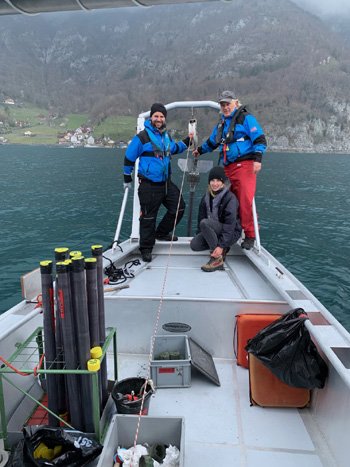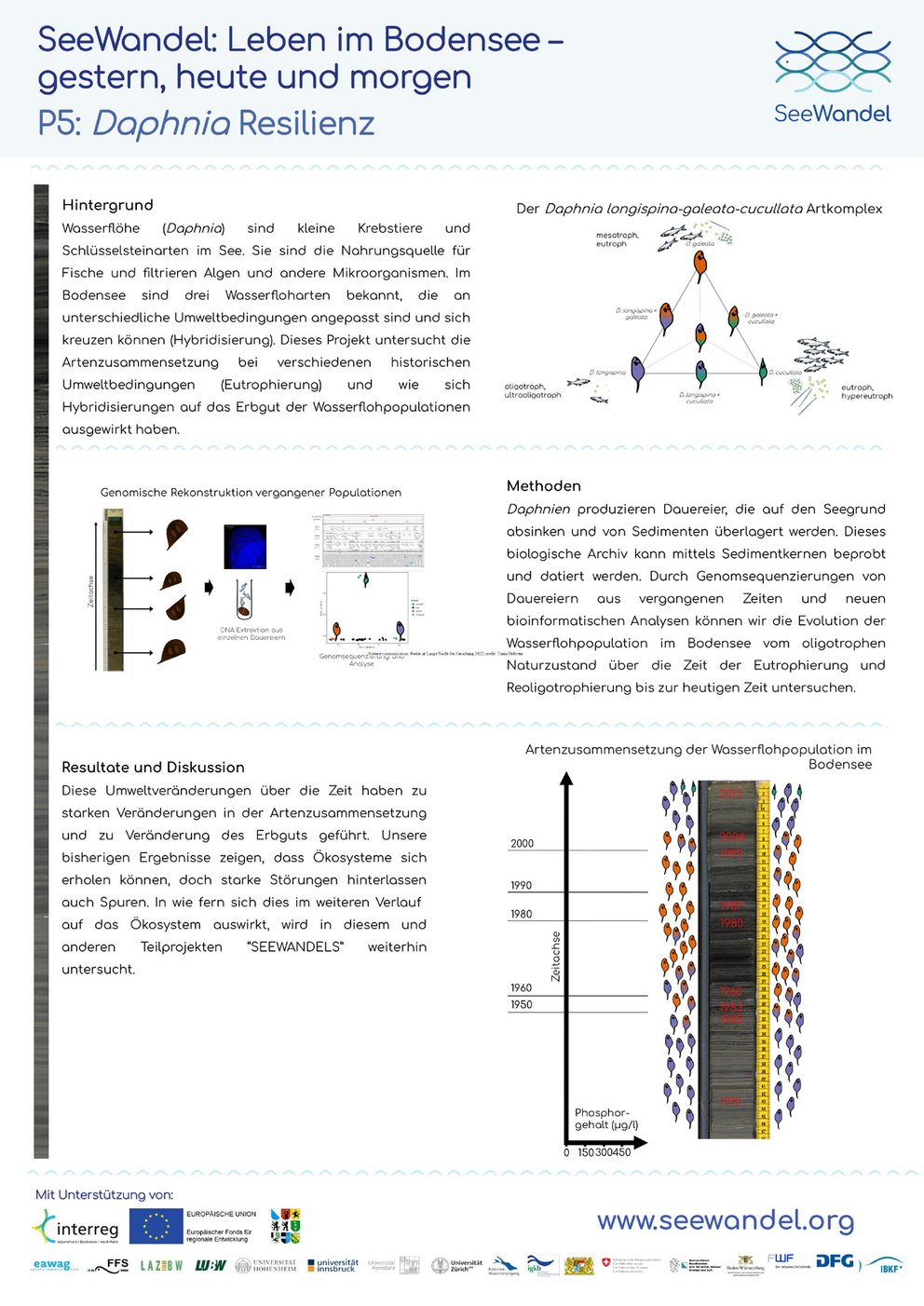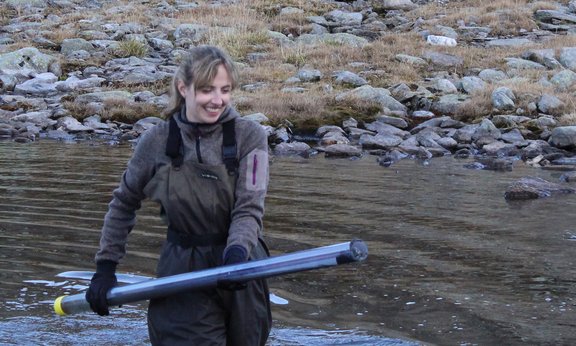I am Tania Holtzem, a trained zoologist, interested in evolution, ecology and conservation biology. I am particularly interested in the underlying processes of evolution, and how species adapt and remain distinct in the face of gene flow and environmental change.
I have always been interested in science and foreign languages, but it wasn't until the end of secondary school, when I decided to study biology. So I moved to the Alps to study biology in Innsbruck and I instantly fell in love with the mountains. During my Bachelor studies, I gained a great insight into a broad variety of subjects which led me to the decision to pursue a Master’s degree in Zoology. There, I mostly worked on projects focusing on cell biology, evolutionary developmental biology and phylogeny. During my Master’s thesis project, I developed an interest for the molecular basis of evolution and the application of bioinformatics. After I completed my Master’s, I took some time off and worked for a few month as a laboratory research assistant before joining the Molecular Ecology Group to do a PhD.

For those unfamiliar with Daphnia and their life cycle, I will briefly explain. The micro-crustacean Daphnia is a pelagic filter-feeder and a strong ecological inter-actor in trophic food webs of many freshwater systems. Daphnia is capable to reproduce very rapidly through asexual (clonally) and sexual reproduction. The product of sexual reproduction are diapausing eggs which are enclosed by a protective layer, the so-called ‘ephippium’. These resting stages sink to the bottom of the lake where the eggs can survive in the sediments for hundreds of years.
Collecting sediment cores from a peri-Alpine lake (Lake Walen, CH),
credit: Remo Röthlin

From these eggs, I isolate DNA and produce whole genome time series data to compare them along an ecological gradient, here spanning more than 100 years of trophic change. To investigate the populations on a genomic level, I set up a flexible and automatic workflow to process and analyze the genomic data. During this project, I seek to reveal the effect of anthropogenic ecological change on the integrity of species and to what extent remedial actions can mitigate the breakdown of species barriers. Therefore, the results of this project will have important implications for our understanding of speciation as well as conservation and will provide valuable information for future ecosystem management.
Science communication: Poster at Lange Nacht der Forschung 2022 (Tania Holtzem)
Tania Holtzem
Research Group: Molecular Ecology

